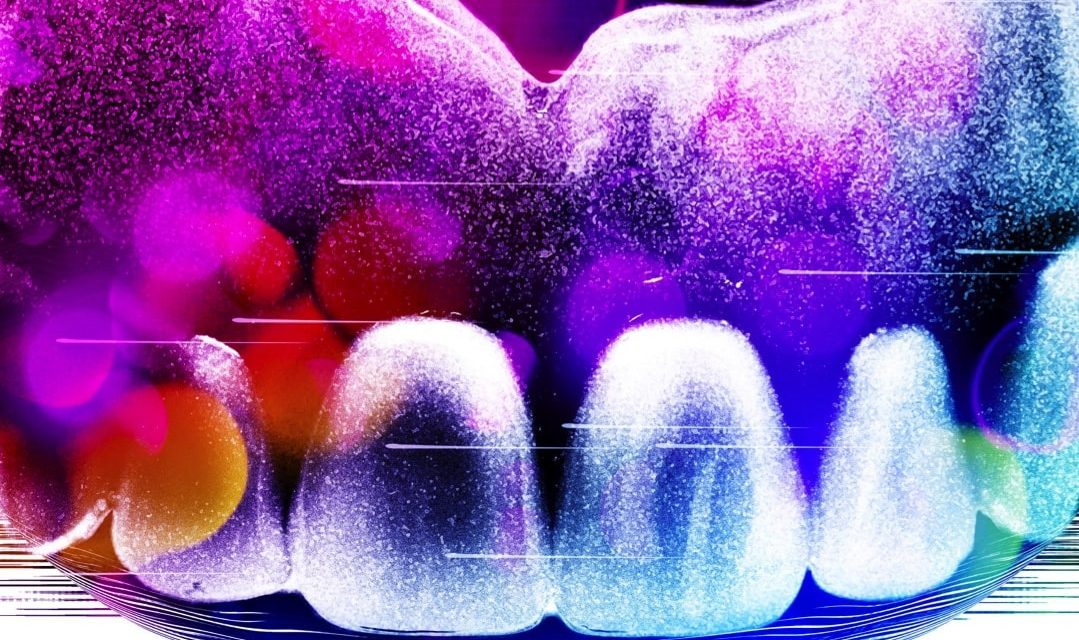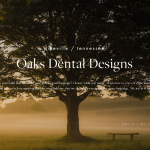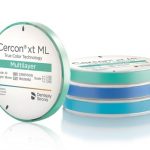INTERVIEW WITH DR. VALERIE COOPER
Why I made the switch to digital dentures

Dr. Valerie Cooper, Dayton, Ohio
11 August 2018
Dr. Valerie Cooper is a prosthodontist, practicing in Dayton, Ohio. She made the switch to digital dentures in 2015 and has fallen back in love with an aspect of dentistry that many dentists find difficult and frustrating.
Dr. Valerie Cooper practises in Dayton, Ohio, specialising in prosthodontics. She works alongside an associate, as well as specialist periodontists and a maxillofacial prosthodontist. She and her colleagues have never looked back since introducing digital techniques into the practice in 2015. “As a team we are excited about making dentures now. What’s nice is that we are happy to be doing it – unlike many other dentists who are not excited by the process,” she says.
As a prosthodontist, Valerie has always enjoyed making dentures. “It’s rewarding and challenging, but I have always wanted to make better dentures,” she says. “Using conventional techniques can often be frustrating, because it’s difficult to make minor changes and adjustments, there can be errors with models and there are so many opportunities for things to go wrong.”
A colleague recommended digital dentures, and Valerie decided to try them out. “I was cautious, thinking it might just be a fad,” she said, “but I tried a few cases and was so impressed that I decided to make the transition.” She particularly liked the fact that she was able to try out the process before committing to buying the equipment. “At the start I tried it without needing to purchase anything,” she said. “Many systems involve a lot of separate items of equipment but I was able to experiment.” Eventually she bought a scanner so that she could digitize her own impressions and now works with both a desktop scanner and an intraoral scanner.
Scanning with an intraoral scanner
“Straight away I loved that I could try in the dentures to evaluate their fit before they were finalized. There’s the opportunity to fix things that might go wrong in the process,” she said. “It’s easy to change the shade and the shape before you finish the work, and it’s great that you can fix things without going back to step 1 as you would have to with conventional dentures.”
It was early days for digital dentistry in Valerie’s area, so she relied on her digital denture supplier (AvaDent) for technical help and advice. I worked closely with them, as there was very little information out there, she said. “I wasn’t by any means the first to do it but it was before any of my colleagues made the switch – and still very few have done it.”
If the patient has existing dentures, she prefers to use them as a basis for scanning; if she is starting from scratch she either uses her scanner or takes impressions and scans them. She loves that the number of try-ins she needs has dropped drastically. “It depends on the case, and if the patient is new to dentures I do a try-in, because there’s nothing to compare with.” For some other patients she also does try-ins and uses different techniques like digital smile design to help the patient visualize their new look. But if the patient already has dentures that they are basically happy with and just want improvements, she feels she can safely skip the try-in stage. “I routinely do two-appointment dentures now,” she said. “Records at the first one, delivery at the second.”
This approach may not always go right, she admits. “You have to weigh it up. If you have to re-make one denture while saving on 20 try-ins, it’s worth it. The math works in your favor,” she said. “It’s a huge time saving for just a little bit of risk.”
She’s particularly pleased that Dentsply Sirona and AvaDent are in a partnership so she can order “monolithic” dentures—a single piece rather than bonding individual teeth to the base—available with her favorite denture product, Portrait IPN “I love the aesthetics and use it for 90-95% of my cases,” she said. She is pleased too that Lucitone 199 denture base has also been reformulated for use in a millable format.
Valerie does not accept the argument that making digital dentures can de-skill the dentist or the technician. “Digital techniques are the best tool in my hand to make dentures,” she says. “They do not replace my knowledge, skill or the ability to figure things out. Instead they enhance my abilities and the speed with which I can make dentures.” Additionally, digital techniques are more forgiving, she thinks, and allow the user to up their game. The human aspect is still essential though, making decisions and dealing with patients – what’s eliminated is the human error.
“Digital techniques are the best tool in my hand to make dentures,” she says. “They do not replace my knowledge, skill or the ability to figure things out. Instead they enhance my abilities and the speed with which I can make dentures.”
Moving to digital dentistry involves a change of mindset, she says, but it can be a gradual process if the dentist wants to introduce it gently while keeping some of their conventional steps. Once you move across to digital completely, then you start to reap the benefits, she says. “You have to have that confidence that what you specify is exactly what you will get. Computers are machines – they do what you ask, and always do it predictably and exactly.”
From a business point of view, Valerie has seen her productivity rocket. Reducing the number of appointments has freed up a huge amount of extra time. In 2017 the practice made 157 dentures. Carrying out only 0.45 try-ins rather than the usual 2 saved 162 hours of chairtime and patient inconvenience, and doing just 3.2 adjusts rather than the normal 4.8 saved a further 168 hours. “We have now almost doubled the amount of dentures we provide compared with before we introduced the digital techniques,” she said. “And significantly reduced clinical time is the bottom line.”

“It’s changed the way I make dentures,” she said. “I always enjoyed doing it but there were frustrations. Now it’s a really enjoyable practice.” There will still always be the difficult denture patient. “The advantage is that I now have better tools to help them! And for me that’s priceless.”











